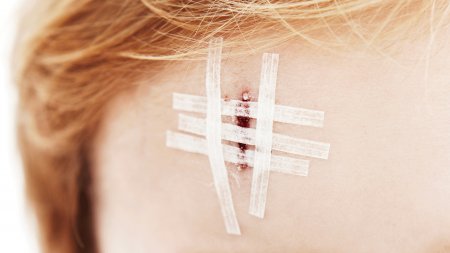Everyday
Protect the injured area according to your doctor’s instructions. He or she may also prescribe anti-inflammatories. If you have not seen a doctor, you can always apply ice to help reduce the oedema. Never put it directly on the skin, though.
Special products made for bruises, knocks and bumps can also be applied preventatively before a cosmetic procedure, for example. Some people use them on dark circles because they contain decongestant and anti-ecchymosis ingredients.
Cleansing
The damaged area should be gently washed and then disinfected, if necessary.
Skincare
Creams made specially for bruises, knocks and bumps are indicated for accelerating repair and reducing oedema. They contain effective active ingredients like arnica, which has anti-inflammatory and anti-oedema properties, as well as calming, pain relieving ingredients.
You can start using these creams right away and continue applying them until lesions disappear.









